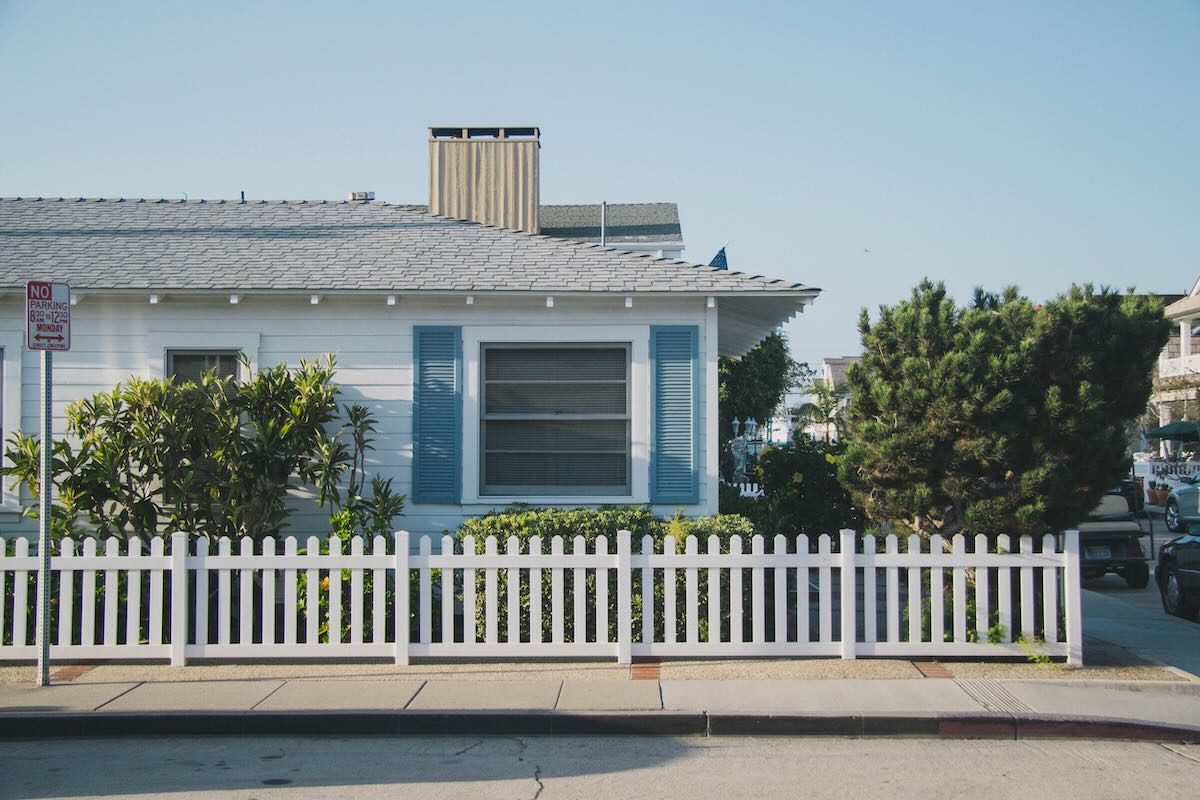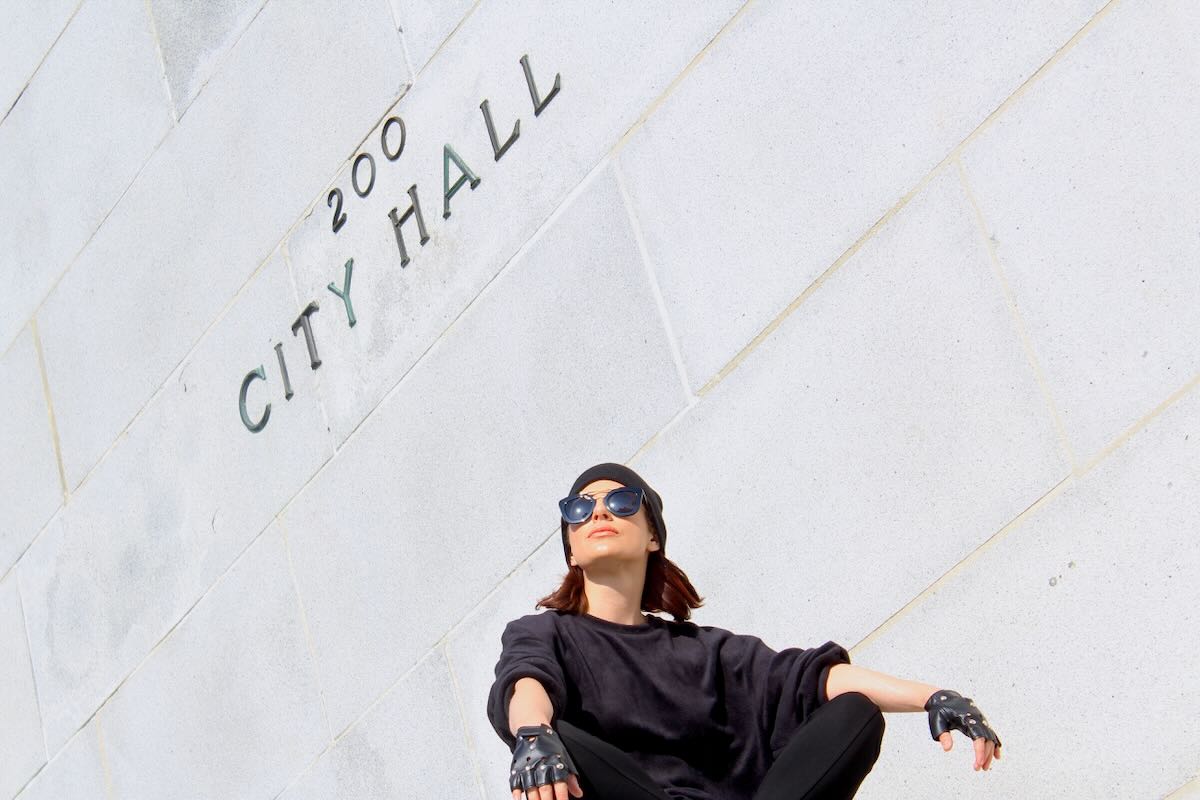All Things Robbie Burns – Issue 69

Time to buy haggis, neeps, and tatties! Make the Cullen Skink and Clootie pudding! And don’t forget a good bottle of Scotch! On January 25th, the world celebrates all things Robbie Burns with a traditional Burns’ Night Dinner.
The menu explained
- Cullen Skink is a rich and creamy soup made with smoked haddock, potatoes, butter and whole milk.
- Haggis – the very mention of this dish strikes terror into the hearts of the un-initiated. Could it be the traditional ingredients? Sheep’s lungs and heart minced and mixed with oatmeal and onion all stuffed into the sheep’s stomach. Why the fear? Do you know what is in a hot dog? Baloney or Mortadella? And, we do stuff all good sausage into intestine.
- Still scared of the haggis? Then a roast of beef or lamb, perhaps. You will still need at least a little haggis for the “Address to a Haggis” although it is impossible to find – logistics…
- Neeps and Tatties – side dishes of mashed turnip and mashed potatoes.
- Clootie Pudding – a pudding boiled in a cloth called a cloot, hence the name. It combines dried fruits, spices, bread crumbs, flour, oatmeal, and beef suet. Serve with a little Scotch whiskey. Add some clotted cream or custard.
Who will address the Haggis?
The person chosen for the Address has the most difficult role of the evening. Recited just before the main course, it honours this humble sausage, a traditional source of sustenance for the poor. It is too too late to expect anyone to master the the Harry MacFayden performance below. Even just reading the “more” English version will challenge many.
Other Roles to Organize:
Usually the host makes a few welcoming remarks followed by the saying of grace:
Some hae meat an canna eat,
And some wad eat that want it;
But we hae meat, and we can eat,
And sae the Lord be thankit.
The Selkirk Grace
Once the dessert course has been served, the toasts begin:
- To the Immortal Memory: this may include a recitation of a Burns poem, and can be serious, funny, racy. Of course it always ends with a toast to Burns memory.
- Address to the Lassies: The males usually show some restraint as they know that there will be a….
- Reply to the Laddies: The ladies have freer range. The men have no comeback. … until the next year.
Who was Robert Burns?

He is more than Auld Lang Syne. Born January 25,1759, Robert (“Robbie”) Burns was the oldest of seven children. His father, William, home-schooled them all in reading, writing, arithmetic, geography, and history. Burns later studied French, Latin, and mathematics at parish school. As the the son of tenant farmers, he knew poverty and hard labour. Both contributed to a weakened constitution and his death at 37.
Note: Robbie is the anglicized spelling of Rabbie.
Busy Love Life
He wrote his first poem for fourteen year-old Nelly Kilpatrick. He was 15. O, Once I Lov’d a Bonny Lass would become a bit of an anthem as he loved many a bonny lass. Between 1785 and 1788:
- In 1785, his mother’s maid, Elizabeth Paton, bore him his first child.
- And this while, he pursued a relationship with Mary Campbell until she died of typhoid in 1786.
- About 1785, Rabbie started a never-to-be consummated relationship with Agnes “Nancy” McLehose. This relationship only came to an end in 1791.
- A no from Nancy? So, he bedded her maid, Jenny Clow who bore him a son in this same time period.
- And, finally he had an affair with a Margaret Cameron
This three or four year period of amorous activity ended with his eventual marriage to Jane Armour in 1788. She had given Burns a set of twins in 1786. So, six relationships and four children in three to four years.
His Politics were complicated:
- He sympathized with the French and American revolutions, and the advocates for democratic reform
- His works served as inspiration for both liberalism and socialism
- A Russian hero – in Imperial Russia a source of inspiration for the oppressed; in Soviet Russia he was elevated to poet of the people. The USSR honoured Burns with a stamp in 1956.
- But he worked as an exciseman and excise supervisor.
- And Burns came very close to working with his brother, Charles, at a Jamaican plantation that survived on slave labour.
- In 1795, he joined the Royal Dumfries Volunteers – a force to fight the French revolutionaries should they try to invade.
He was prolific
BBC lists 716 works by Burns. This includes over 200 songs. Also, Burns compiled a vast archive of traditional Scottish folk songs. His works include Auld Lang Syne, To a Louse, and Tam O’Shanter. Many turns of phrase now in common usage come from his poetry. Consider To a Mouse:
But, Mousie, thou art no thy-lane,
From the Burns poem
In proving foresight may be vain;
The best-laid schemes o’ mice an’ men
Gang aft agley,
An’ lea’e us nought but grief an’ pain,
For promis’d joy!
A Red, Red Rose is one of the most beautiful love songs. Its lyrics had the biggest impact of any on Bob Dylan’s life. The Scotland is Now advertising campaign uses it to celebrate cultural diversity in Scotland.
All Things Rabbie Burns
A complicated man born in poverty, clover, a poet – Burns celebrated around the world more than 225 years after his death. So now, you have four days to get ready to celebrate all things Rabbie Burns.
Oh! If a party erupts, Robbie would be proud.





